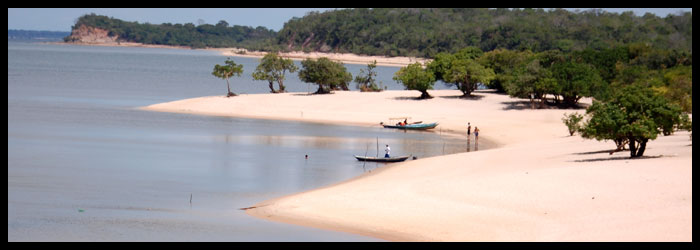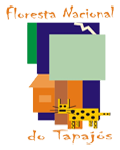

The theme of the education resource for the Amazon expedition is Biodiversity. The topics selected for the Amazon Exploratory are issues that not only have a profound impact on Amazonian, but global biodiversity.
The Amazon i2P Exploratory topics are a) Deforestation, and b) Food.
Deforestation
Habitat destruction is the leading cause of the loss of biodiversity. Deforestation is one of the leading categories of habitat destruction. It has been estimated that over half of the world’s forests have been degraded or destroyed in the past 60 years. What information would your students like gathered from the Amazon Basin that would assist them in understanding the scope, impact of, and the efforts to prevent further deforestation? What information would help them better understand the delicate balance between forests and global biodiversity? What lessons from the Amazon can help your students better understand forest management at home?
Questions to help stimulate thought about the project:
- How are the local people of the Amazon affected by deforestation?
- What is causing deforestation?
- What are the consequences to people around the world if the Amazon Rainforest is degraded?
- What information would help your students compare the state of their own forests at home that those of the Amazon?
- How does the health of the rainforests affect local schoolchildren in the Amazon?
- What lessons can the deforestation of the Amazon teach us about the principles of biodiversity and the long-term health of the world?
- What images, video, interviews, data, or other information do they require to create a project that examines Deforestation both in the Amazon and as a global issue?
Food
Human Populations have grown very rapidly in the past century. A Larger population means there are more hungry people and more mouths to feed. As world populations continue to grow a secure source of food is not universally available. It is estimated that over 800 million people suffer from daily hunger. The drive to feed more and more people has had a profound effect on global biodiversity. The destruction of wildlands to grow crops, the introduction of monoculture, and the overuse of natural sources of food are all taking a tool on biodiversity. What information do your students want that will assist them in better understanding the link between food production in the Amazon and the degradation of biodiversity? What lessons from the Amazon will provide your students with a better understanding of the effect world wide food production has on biodiversity?
Questions to help stimulate thought about the project:
- Where does the food eaten in the region of the Amazon come from? Is it local or imported?
- Are there crops and livestock not native to the region that have been introduced for agricultural purposes?
- How does the production of food in the Amazon region result in the loss of biodiversity? How does this differ from food production where the students live in North America?
- What natural foods are taken from the Rainforest? What food comes from the River itself? Is this affecting the environment?






